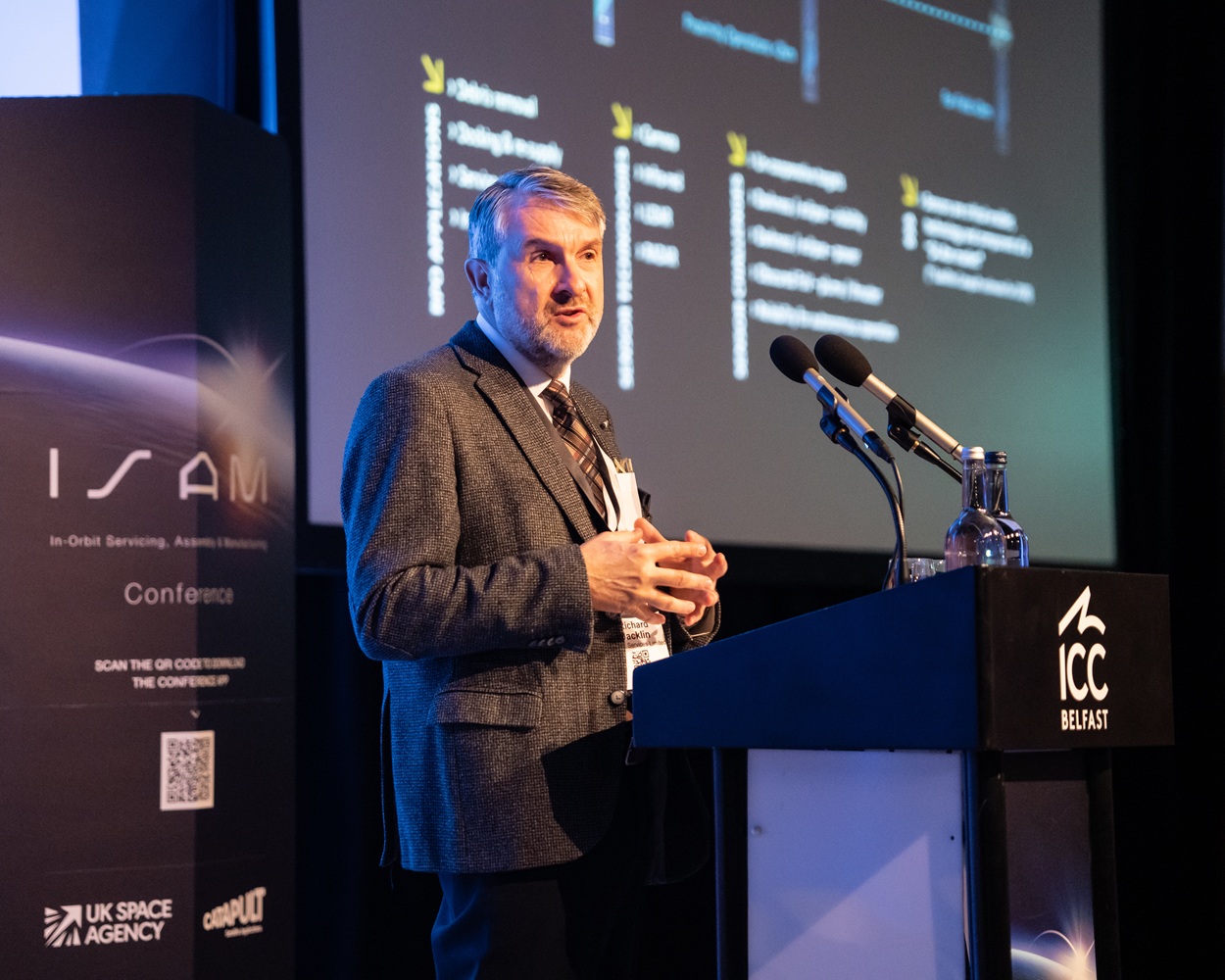Defining data-centric security in complex future warfare

Image courtesy Thales
There were times when we could not take doctors out in the field with us when I served, for a few good reasons. Some were not commando trained and therefore could not deploy to the forward edge. They were a precious resource and therefore held a tactical step back and they were notequipped for the demands of field operations.
What we did have, was medical monitoring equipment that could be connected to communications networks and provide telemedicine capability. A nifty piece of kit, about the size of a shoe box, that allowed us to connect sensors onto a teammate who had been wounded in action. Critical health data – blood pressure, heart rate and so on – were communicated across to a doctor many miles away who could then monitor the situation and prescribe treatment as if they were right there with us.
Our teammate received the care needed, at the speed required. Yet we were all too aware of the security and network vulnerabilities that could have been exposed and exploited by an advanced adversary. You might be more connected but at what cost?
Emerging challenges, evolving war fighters
The telemedicine capability was just one asset among many we were carrying. After all, we had a job to do and we had multiple pieces of equipment to help us achieve it. Today’s soldier is no different. More than a person, they are a platform, fitted with sensors, systems and other networked devices that all produce data utilised organically, tactically or strategically.
The soldier and teams, squads, or platoons, kitted up, will be dropped into a potentially complex, loud and busy battlefield – one that is contested, congested and needs to be highly connected. They will face pervasive, persistent threats from asymmetric, near-peer and peer adversaries, most probably concurrently. As the pressure mounts and their Observe-Orient-Decide-Act (OODA) loop narrows, soldiers need the most appropriate equipment configuration for the specific mission at hand – and they need it to simply work first time, every time. It needs to be intuitive and simple to use. It needs to interoperate with other systems, enabling teams to gain a low latency and high assurance shared understanding of the situation at hand.
Above all, a soldier’s equipment configuration needs to reduce the cognitive burden on its user so that they have more time to devote to making faster, sharper decisions, with the most appropriate data, when time is rarely – if ever – on their side. This is as true for those serving in the British armed forces, as it is for our allies, hastening the need to streamline decision making across different divisions, domains and time zones.
Securing the individual: soldiers as integrated systems
The soldier is, after all, at the heart of it all. Whatever the future digital operating environment might look like, there will always be a need for boots on the ground. So, if allied land forces are to deliver operational effect, we need to build from the ground up to ensure that every soldier has what they need to be better today than they were yesterday and better tomorrow than they are today.
Put into practice, imagine a digital operating environment where soldiers, equipment, platforms and information work seamlessly, as one cohesive, dynamic ecosystem, extending from pre-battle planning to on-field operations. Soldiers equipped with secure radio communications solutions, receiving streamlined, real-time ISTAR provided by a UAS platform. Such a future entails connected, interconnected and intra-connected architectures of data, equipment and communications across different forces and domains, culminating in a battlefield where every element is optimised for the sake of the information and operational advantage.
It is enough to resurface the question I posited in my opening example – you might be more connected but at what cost? – yet it is a concern we can assuage through data-centric security which prioritises the assured, cryptographically-secure transfer and exchange of information, resulting in a range of benefits such as immutability, security, verifiability, resilience and transparency.
Data-centric security entails the creation of dynamic, trusted communities, consisting of assured identities – from physical soldiers and digital avatars, to assets, systems and whole systems of systems – that can communicate seamlessly, reconfigure on the fly and adapt as the operational context requires. Through this approach, the right people and the right platforms get the information they need, when they need it, without distractions and with less risk of network vulnerabilities or compromised data. Systems, soldiers and assets coalesce in pursuit of a common goal, underpinned by cyber and bound by a shared situational awareness to protect whole units at the system of systems level.
Forging the path to a dynamic digital battlefield
This tantalising vision of what the future digital battlefield could look like is no mirage. It is a tangible, attainable goal and initiatives like the MoD’s Digital Identity for Defence Programme, the Digital Backbone and the Data Strategy for Defence all support and prove that the MoD understands the problem. It is now up to industry to help design the solutions and so put the UK defence sector further along the path towards a more resilient, agile and cohesive digital battlefield.
Because planning a simple operation should not take weeks when events around the globe are time sensitive. Soldiers should not have to grapple with dissonant bits of kit when they have got seconds to act. Teams should not have to contend with delayed, impartial or otherwise incoherent intelligence on what decision to make when they have only got one chance to make the right one.
Make no mistake, everyone should be thinking about how to solve this. The future digital battlefield is, of course, inherently unknowable and unpredictable. However, through hard graft, grit, collaboration and relentless innovation, we can start to shape it on our terms. It is why everyone needs to understand what is coming on the horizon. Just like the systems that will define tomorrow’s digital battlefield, we will need to work as one in order to support maintaining the tactical advantage on the front line.
At 12 noon on 11th March, John will be presenting 'The defining role of data-centric security in complex future warfare' at Future Soldier Technology (11th-13th March 2024).












